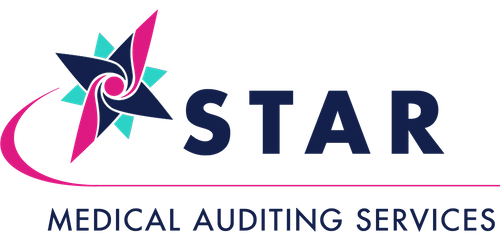Tips for Documenting and Coding Injections and Infusions
Avoiding claims denials requires compliance with coding guidelines. In CPT, a common area of noncompliance is the documentation and coding of injections and infusions.
The Emergency Room is one service area wherein injections and infusions are common treatments for a multitude of diagnoses.
Here is a breakdown of some of the basic documentation and coding requirements.
Physician orders: According to the Department of Health and Human Services (DHHS) and the Centers for Medicare & Medicaid Services (CMS), to be in accordance with standard practice, all physician orders for the administration of drugs and biologicals must include at least the following elements:
• Name of the patient;
• Age and weight of the patients, or other dose calculation requirements, where applicable;
• Date and time of the order;
• Drug name;
• Dose, frequency, and route;
• Exact strength or concentration, when applicable;
• Quantity and/or duration, when applicable;
• Specific instructions for use, when applicable; and
• Name of the prescriber.
Documenting Infusion Services (minimum requirements)
• Substance (drug name)
• Dose (volume and rate)
• Route of administration
• Site of administration
• Start/Stop times for each substance infused
• ID of the clinician who administered the substance
Additional documentation on the MAR is
• Patient vitals
• Tolerance
• Adverse outcomes, when applicable
• Drug wastage
Remember to use actual time of infusion if time is a factor; do not count pre- or post-administration time.
Infusion time must be documented, complete with START and STOP times. If no STOP time is documented, this is coded as an IV Push.
If clinician is continuously present to administer the injection and observe the patient, this is coded as an IV Push.
If infusion time is 15 minutes or less, this is coded as an IV Push
“Additional hour” codes must have infusion time of greater than 30 minutes or they cannot be coded.
Follow the hierarchy levels when reporting and coding injections and infusions:
Level One (primary to all other services; given highest priority and should be reported first in the following order):
Chemotherapy Infusion
Chemotherapy IV Push
Chemotherapy Injection
Level Two (these follow all chemotherapy services; primary to hydration services; reported in the following order):
Non-chemotherapy Therapeutic, Prophylactic, or Diagnostic Infusion
Non-chemotherapy Therapeutic, Prophylactic, or Diagnostic IV Push
Non-chemotherapy Therapeutic, Prophylactic, or Diagnostic Injection
Level Three (follows all other infusion and injection services; reported last):
Hydration Infusions
